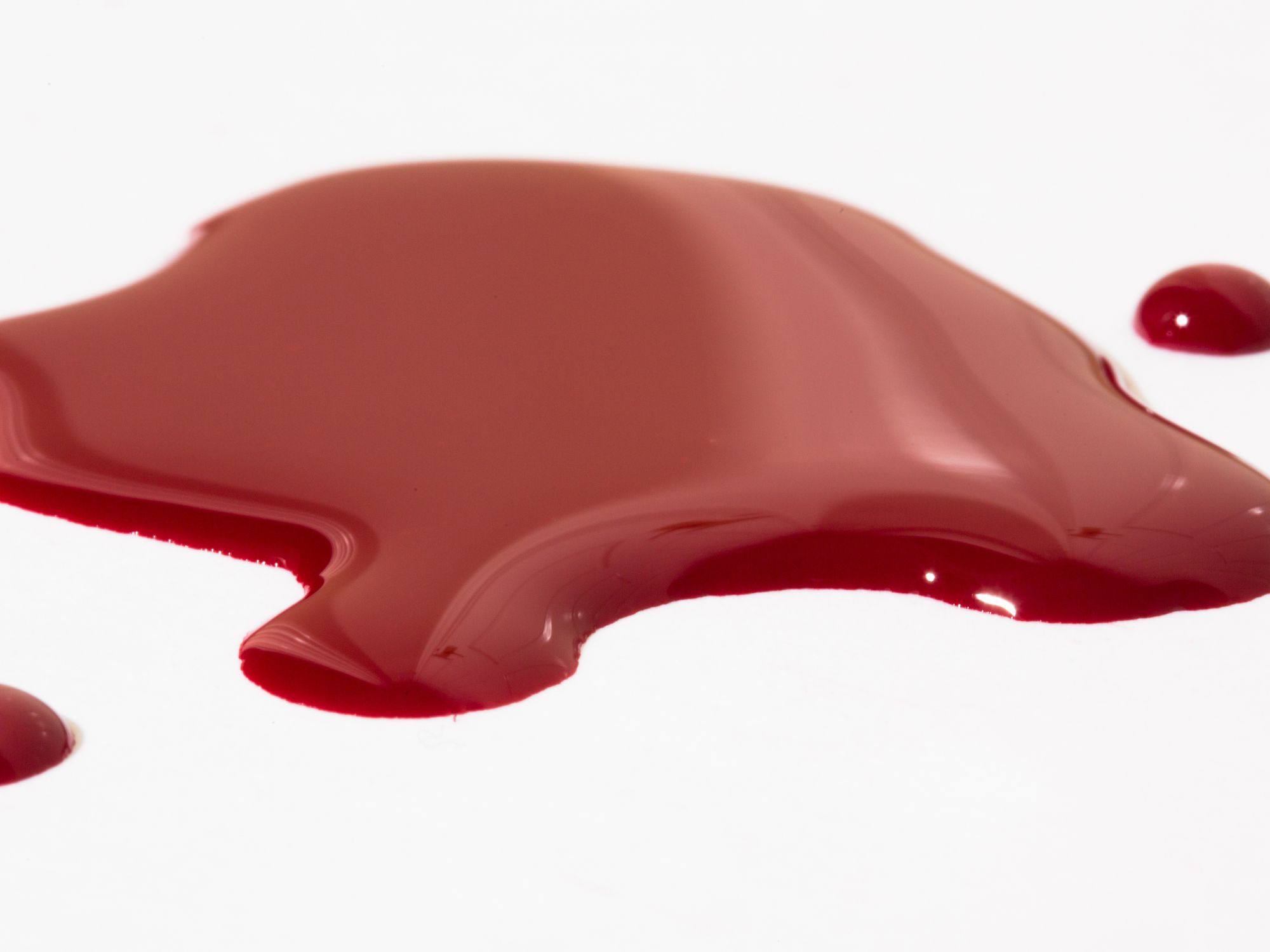Housekeeping practices

- OSHA requires both cleaning and decontamination of surfaces and equipment that are or might be contaminated with blood or OPIM.
- The best practice for cleaning up liquid blood or OPIM is to use an absorbent and a scraper rather than mopping it up.
Housekeeping involves cleaning floors, work surfaces, and equipment. Visible contamination is easy to address when housekeeping because blood or other potentially infectious materials (OPIM) can be seen on surfaces or equipment. However, bloodborne pathogens and OPIM can remain infectious for up to seven days and may not be visible, so it is very important to use disinfectants and techniques approved by the Environmental Protection Agency (EPA) when cleaning in areas that are, or may be, contaminated.
Decontamination is not the same as cleaning. Decontamination refers to using physical or chemical means to remove, inactivate, or destroy bloodborne pathogens on a surface or item to the point where they are no longer capable of transmitting infectious particles, and the surface or item is rendered safe for handling, use, or disposal.
Generally, work surfaces must be cleaned and decontaminated when contaminated with blood or OPIM, after medical or other procedures, and at the end of the work shift. Equipment must also be cleaned and decontaminated after contact with blood or OPIM.
It is the employer’s responsibility to ensure that the workplace is kept clean and sanitary. This includes determining and implementing a cleaning schedule that includes decontamination tasks or procedures. The decontamination schedule will depend on the location within the facility, the type of surfaces being cleaned, the type of contamination, and the tasks and procedures being performed in the area.
Decontamination procedures
Mopping up liquid blood or OPIM may only spread it around by splashing. It’s safer to use a loose absorbent material. Absorbent material and a small disposable scraper and dustpan are often included in commercially available body fluid cleanup kits.
After the liquid is absorbed, the material should be carefully scraped into a dustpan, then disposed of in a biohazard bag or receptacle. After that, the area must be decontaminated with an acceptable disinfectant. EPA-registered tuberculocides or sterilants (see “Tools for Cleanup” below) are appropriate.
The Occupational Safety and Health Administration (OSHA) also says using fresh household bleach diluted to the appropriate strength for the cleanup job at hand is also an effective disinfectant; although, bleach may cause damage to some medical instruments and therefore cannot be used in all cases. An April 30, 1993, OSHA letter of interpretation explains, “Under the bloodborne pathogens standard, OSHA requires that contaminated items and surfaces be decontaminated with an appropriate disinfectant … Solutions of 5.25 sodium hypochlorite (household bleach) diluted between 1:10 and 1:100 with water are considered appropriate for this purpose.”
Employees must also properly dispose of or decontaminate any tools they used in cleanup. If it’s necessary to disinfect equipment used during cleanup that has been exposed to blood or OPIM, they should do so in a sink dedicated to industrial use. It’s a good idea not to use a bathroom, break room, or kitchen sink where employees will be likely to wash their hands, apply cosmetics, or clean dishes or food items.
Specific issues
Some cleanup work procedures depend on the type of pathogen or material involved, as well as whether it’s a healthcare or non-healthcare setting. For example, OSHA provides guidance for workers and employers in non-healthcare/non-laboratory settings on cleaning and decontamination of Ebola on surfaces. (View the OSHA Fact Sheet “Cleaning and Decontamination of Ebola on Surfaces.” OSHA also has guidance and requirements for healthcare workers.
In addition, healthcare workers/employers can review the CDC’s “Procedures for Safe Handling and Management of Ebola-Associated Waste.”
Work surfaces and containers
All equipment and working surfaces that could have become contaminated must be cleaned and decontaminated as necessary. If thorough decontamination can’t be done immediately, employees should label the equipment stating which parts of the equipment remain contaminated so that other employees are aware of the hazard and know to take precautions.
All coverings used for protecting working surfaces, such as plastic wrap, foil, and impervious-backed absorbent paper, should be removed and replaced as soon as possible after they have been contaminated, or at the end of the work shift if there’s a possibility that they became contaminated during the shift.
All bins, pails, cans, and similar reusable receptacles that are reasonably likely to become contaminated with blood or OPIM must be inspected and decontaminated on a regularly scheduled basis. After visible contamination, these must be cleaned and decontaminated immediately, or as soon as possible.
Sharp objects
Broken glassware that may be contaminated must be picked up only by using mechanical means such as tongs, brush and dustpan, or forceps — never with bare or gloved hands. Contaminated reusable items, such as sharps, may not be stored or processed in a way that requires employees to reach into containers where they can’t see or safely handle the contents.
Research labs and production facilities
Employers will want to note that human immunodeficiency virus (HIV) and hepatitis B virus (HBV) research labs and production facilities may have more stringent housekeeping practice requirements under 1910.1030(e).
